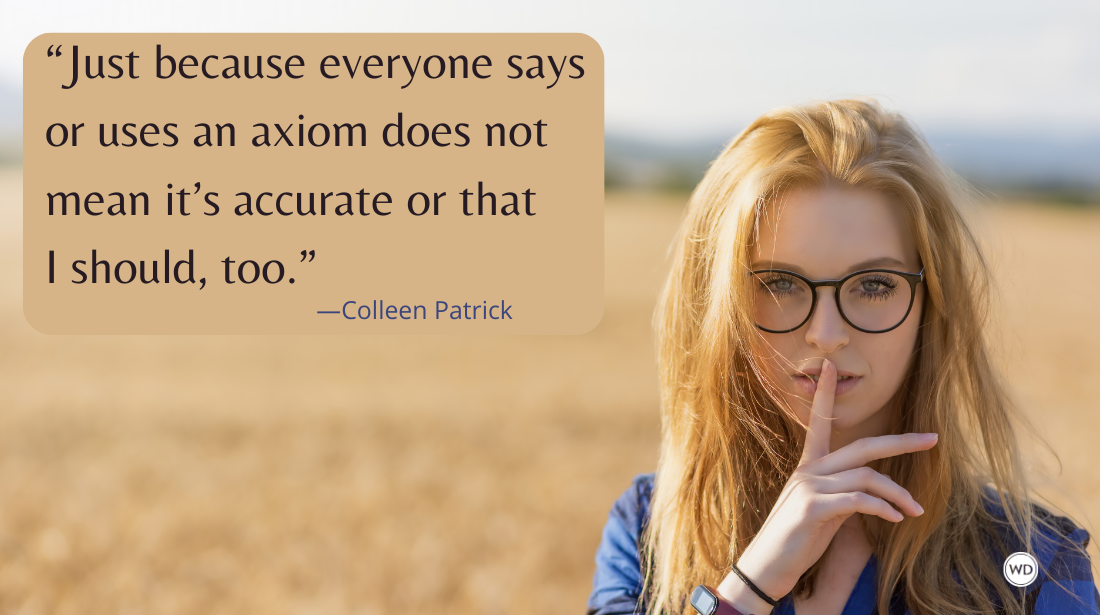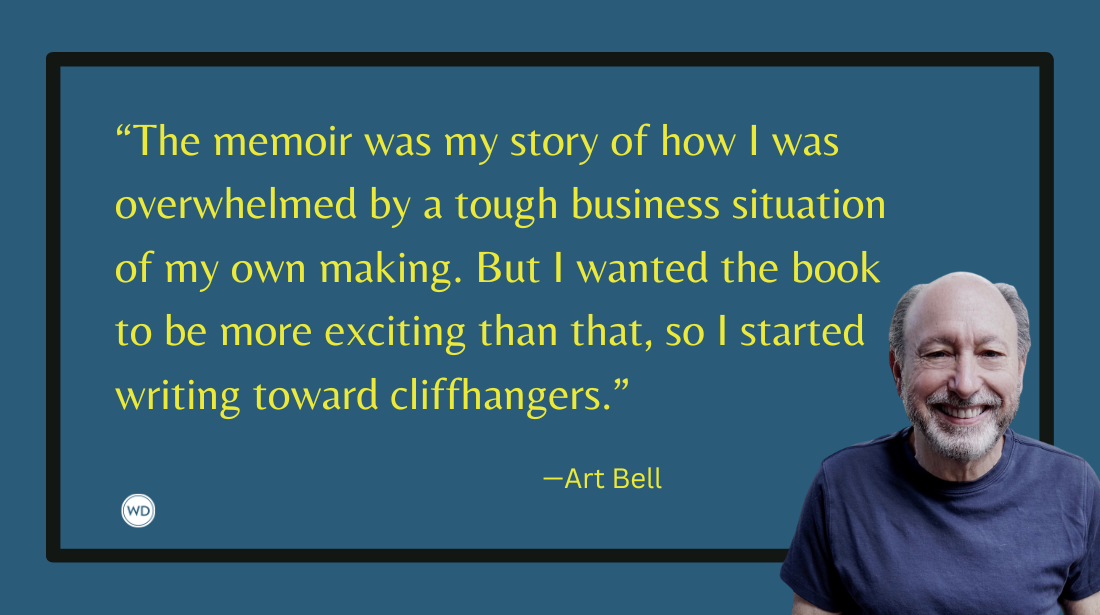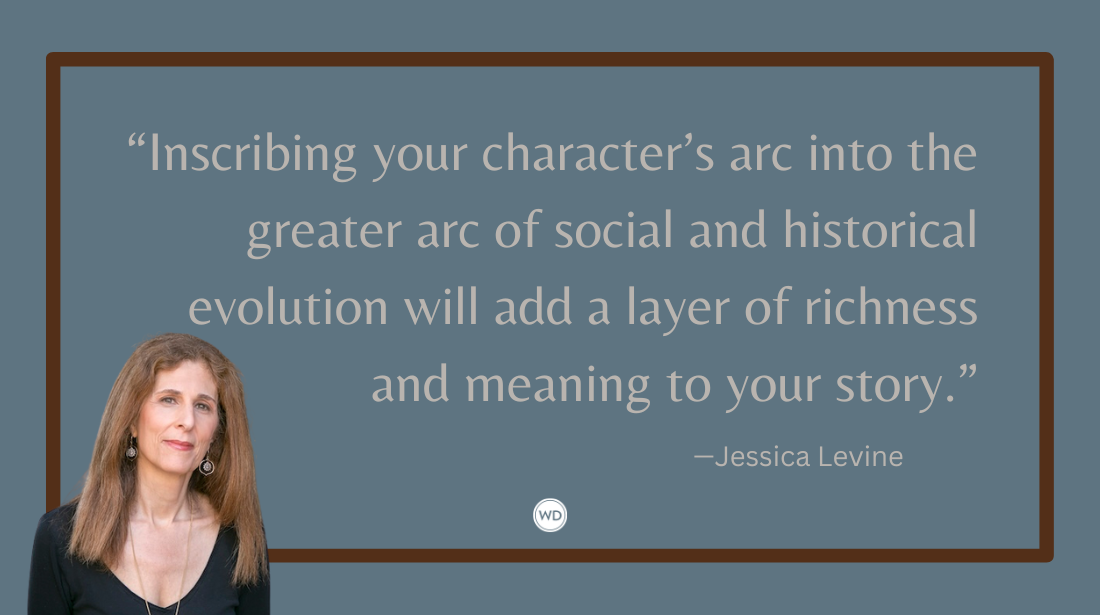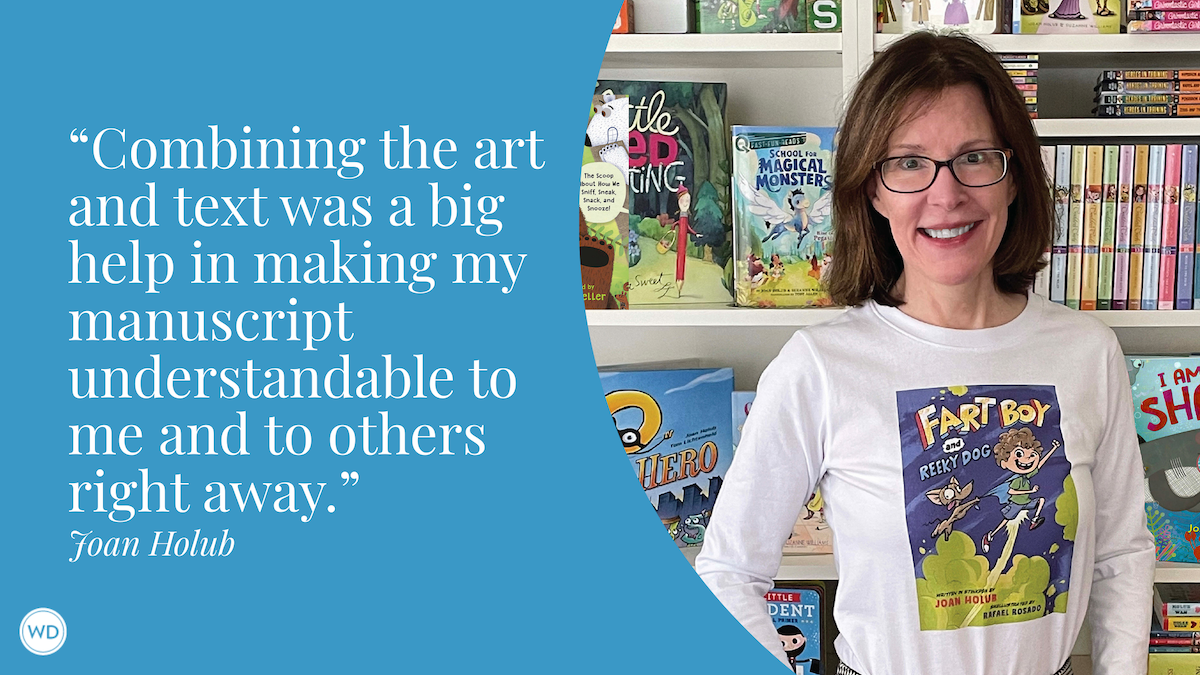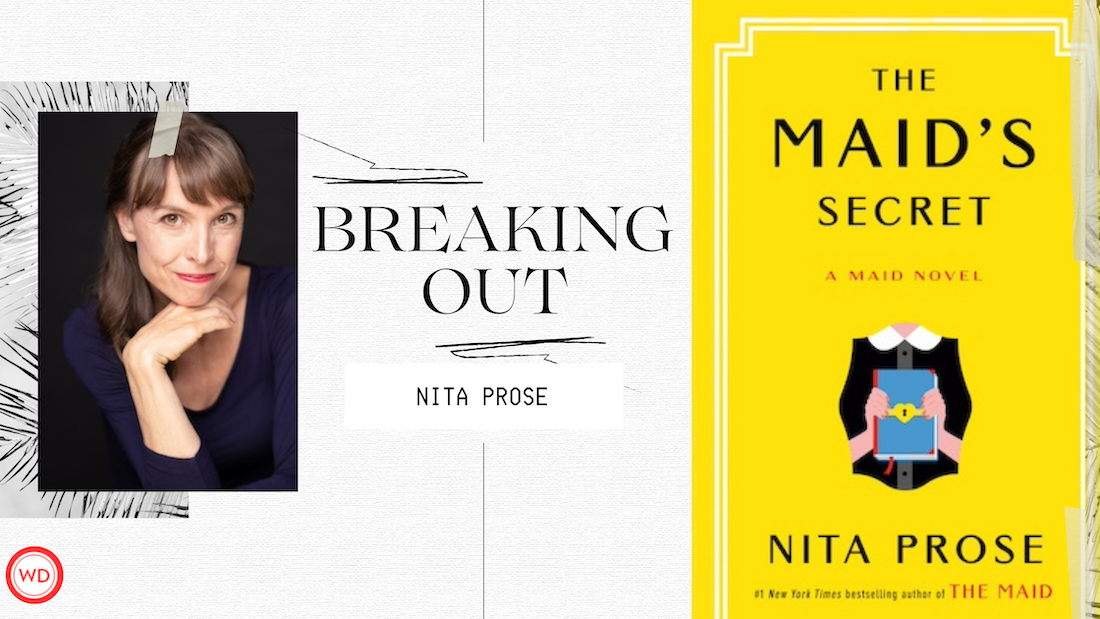On Writing Representation in Fiction
Author Sonya Lalli explains what it was like to write characters whose journeys mirror the author’s and how other authors can let go of the burden of representation.
The first two books I attempted to write I didn’t bother finishing. Although I enjoyed working on the plots, I simply couldn’t relate to either protagonist and it caused me to lose interest in the creative process. I set the books aside. I haven’t looked at either manuscript in years.
About seven years ago, I started working on a manuscript that would later become my debut The Matchmaker’s List. For the first time, I had a protagonist that I loved enough to see her journey through. Raina Anand was 29 years old, and despite her professional accomplishments, all anybody cared about was when she was getting married. Raina was still getting over a challenging break-up and was not ready to move forward. But she was also desperate to please her family, and so she agreed when her loving, meddling grandmother offered to fix her up.
Although Raina was a fictional character, her journey mirrored what I was experiencing. I was frustrated by the societal expectation that, after finishing school and getting a stable job, marriage was the only logical next step. But even though I wrote the book knowing it might speak to readers in a similar situation, it was only after publication did I fully realize that my story was not just about me anymore. Thanks to the great work of my publisher, other people were actually reading it. And many of them were seeing themselves in my story.
Finding a Connection With Readers
I was overwhelmed by the emails, DM’s, and messages from women, many of them South Asian, who told me that they had a similar story as the heroine in The Matchmaker’s List. Like Raina, some of them also had an ex-boyfriend who wouldn’t let them go or resented the expectations their community placed on young women or were under pressure to get married, even if it wasn’t what they wanted in life.
For the first time I realized that in writing a story for myself, I was creating something that represented other women from minority backgrounds, too, particularly those in the South Asian diaspora. The publishing industry has made great strides in recent years to increase diversity, but this concerted effort is a new one. Women like me grew up rarely seeing themselves in the books they read or the movies they watched and seeing our stories out in the world is a new phenomenon.
Dealing With Imposter Syndrome
So, with so few stories about South Asian women published, I started to worry that The Matchmaker’s List wasn’t really representing us. I also felt a little bit of imposter syndrome.
Although my parents’ families are both from India, I was born in Canada and have a mixed heritage. My father is from the Punjab region and grew up with the Sikh faith, while my mother is Hindu and Bengali. My parents have different mother tongues, and so we spoke English at home, and we ate traditional Punjabi or Bengali food as often as we ate North American staples like pizza or mashed potatoes. We celebrated the major Sikh and Hindu holidays and attended the local gurdwara and temple respectively, but we also had a Christmas Tree and hunted for Easter eggs every spring.
I was both, but I also felt like I was neither. With so few South Asian stories published, who was I to represent us?
I’ve since thought a lot about representation in publishing, and have come to a place where I am happy with who I am and what I write about. There is no way for one person, whatever their experience, to represent a diaspora population as diverse and dynamic as those of us from South Asia. The faiths I grew up with are just two of many religions prevalent across the subcontinent, and the languages, cultural traditions, food, and customs in my home are a mere sampling of the incredible diversity within it. Moreover, my family hails from India, which is just only of the several countries that make up what we think of as South Asia.
Letting Go of the Burden of Representation
So, while I am overjoyed that certain characters or aspects of my novels resonate with many people, I no longer feel the burden of representing all South Asian women. I can’t, and I wouldn’t want to even if it was possible. I can only write about what I know and think and feel, and those words will speak to some readers and not to others.
IndieBound | Bookshop | Amazon
[WD uses affiliate links.]
One day I might write a main character who reflects my exact mixed background, but so far I have drawn on different parts of myself and my heritage to bring my protagonists to life. In my first two novels, even though the leads and their families are from Hindu families, they had very different stories. Raina in The Matchmaker’s List perceives Hindu rituals as cultural practices, not religious ones, and the Indian side of her family is Bengali. Meanwhile, in Grown-Up Pose, Anusha is Punjabi and she resonates with some of the more superstitious elements of Hinduism. And in my new book Serena Singh Flips the Script, the main character’s family is also from Punjab, but they are of the Sikh faith, and Serena’s struggles with her traditional family have pushed her away from her roots, too.
All three characters’ have backgrounds that I created based on my own life experiences, but each uniquely influenced their respective upbringings, personalities, values, and goals to create brand new journeys and experiences. If my own story and how I represent myself in my writing is itself diverse, the diversity of stories about South Asian women and their experiences is virtually endless. I am so proud to be one of many South Asian authors writing in the romance and women’s fiction space, and the more of our stories that are published, the better we will collectively be able to represent South Asian women.
Sonya Lalli is a Canadian writer of Indian heritage. She studied law in her hometown of Saskatoon and at Columbia University in New York, and later completed an MA in creative writing and publishing at City, University of London. Sonya has a black belt in tae kwon do and loves travel, yoga, and cocktail bartending. She lives in Toronto with her husband.




